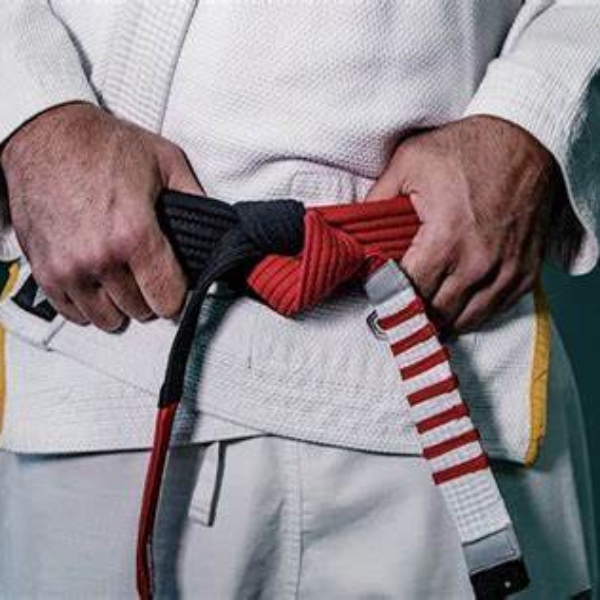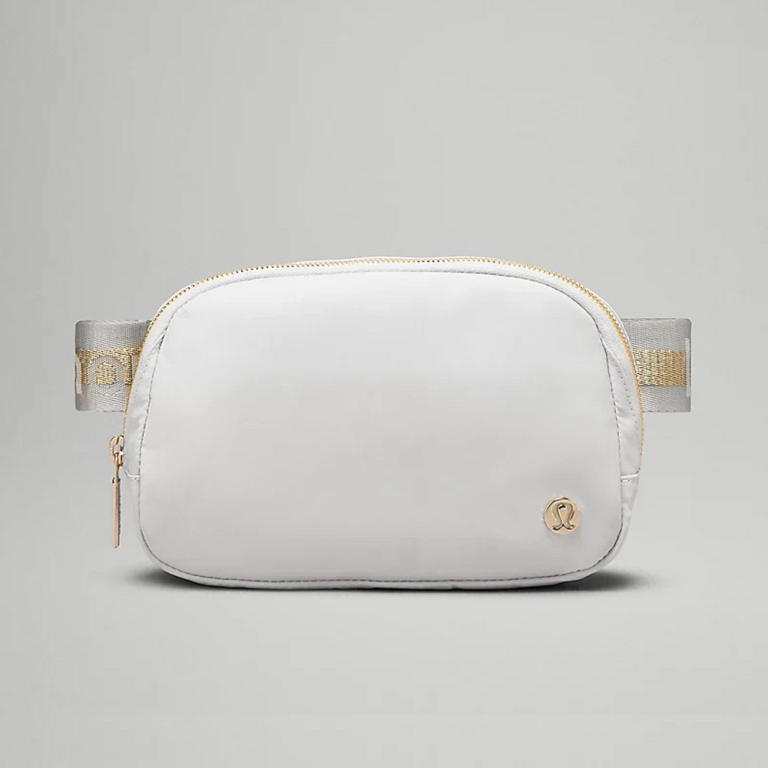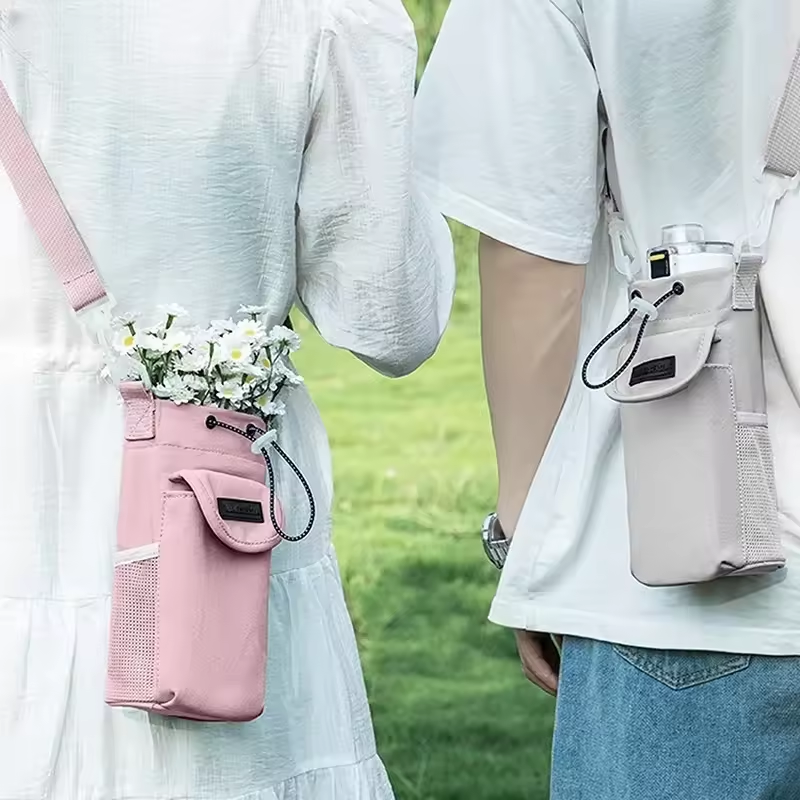In the landscape of global education, Japanese school uniforms stand out for their iconic style and deeply rooted traditions. These uniforms, known for their distinctive designs, are more than just mandatory school wear; they represent a unique blend of cultural identity, historical legacy, and modern fashion influence. This article delves into the fascinating world of Japanese high school uniforms, exploring their evolution, significance, and the impact they have on students and popular culture internationally.
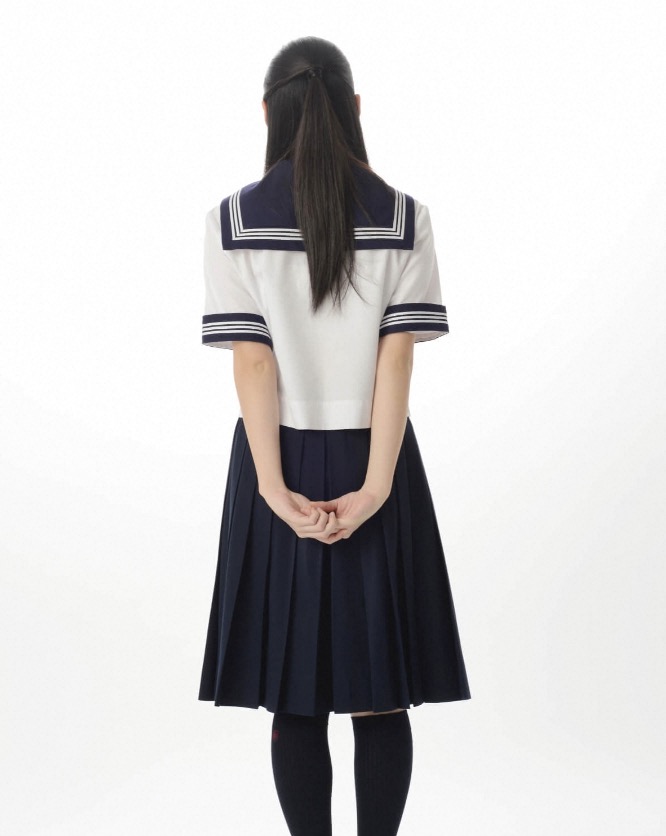
The Origin and Evolution of Japanese High School Uniforms
The tradition of wearing school uniforms in Japan can be traced back to the late 19th century, a period of rapid modernization and Westernization. The early designs were heavily influenced by European military and naval attire, embodying a desire for disciplined, organized education. Over the years, these designs have evolved, giving rise to the current styles known as “Sailor Fuku” for girls and “Gakuran” for boys. Despite changes in fashion trends, these uniforms have retained essential elements of their original designs, symbolizing respect for tradition among the Japanese people.
Design Elements of Japanese High School Uniforms
Japanese high school uniforms are characterized by their distinct and varied designs. The girl’s “Sailor Fuku” borrows elements from the naval uniform with its sailor-style collar and pleated skirt, projecting a look of innocence and youth. Meanwhile, the boy’s “Gakuran” is inspired by Prussian army uniforms, featuring a tailored jacket with a stand-up collar, buttoned up the front. These uniforms are not only a symbol of the school but also serve to instill a sense of pride and unity among students.
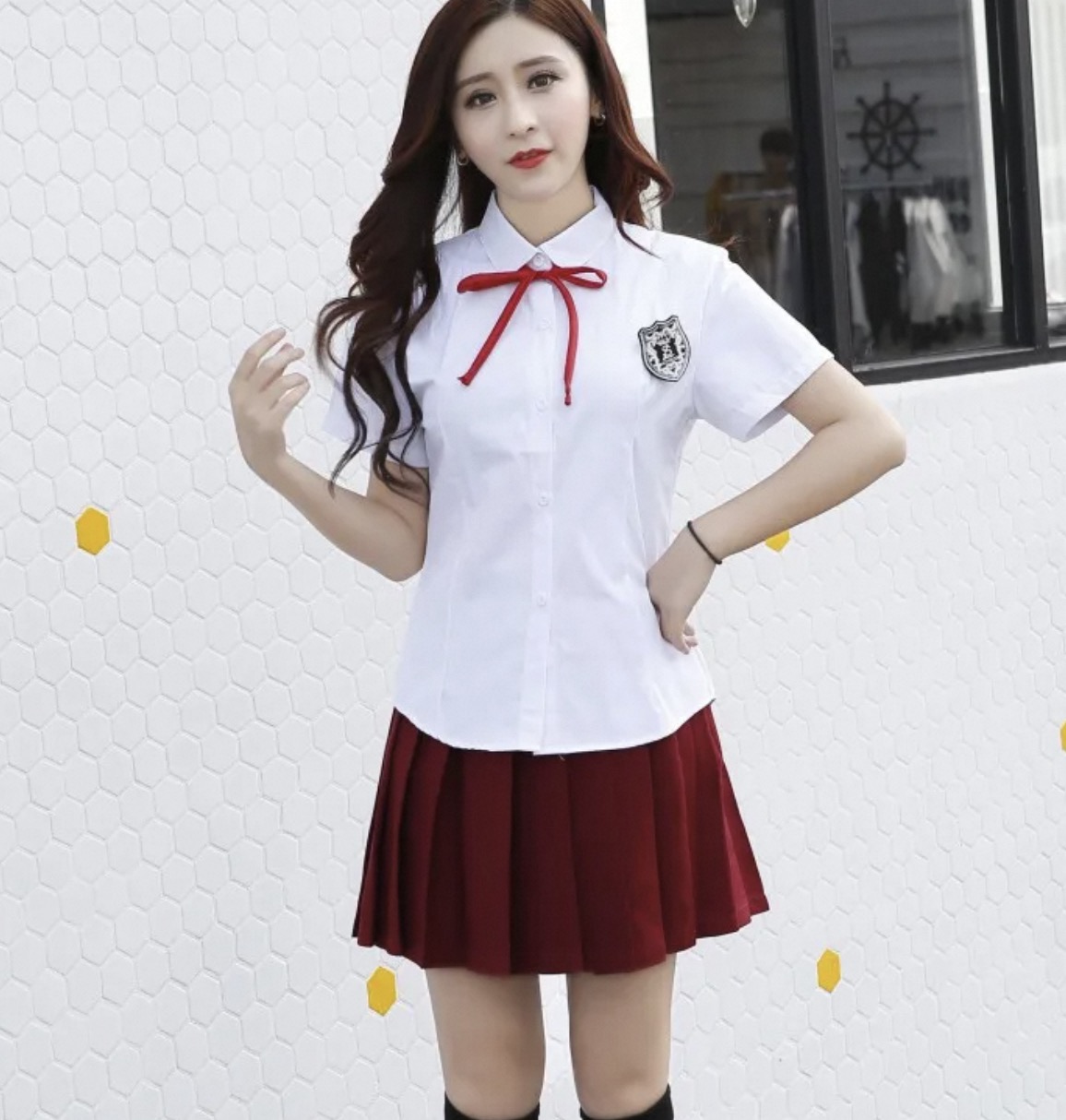
Significance and Cultural Impact
Beyond their functionality, Japanese high school uniforms carry significant cultural weight. They play a vital role in instilling discipline and equality, erasing socioeconomic differences among students and fostering a collective identity. The uniforms also have a considerable impact on global popular culture, having become iconic symbols within anime, manga, and fashion subcultures worldwide. They have intrigued and inspired many outside Japan, contributing to the global fascination with Japanese culture.
The Role of Uniforms in Student Identity
For Japanese high school students, their uniforms are a central part of their identity. They mark the transition from childhood to adolescence, representing a period of personal and academic growth. Students often personalize their uniforms within allowable limits, subtly expressing their individuality. The way students wear their uniforms—from the length of the skirt to the fit of the jacket—can also signify their personal style and attitude.
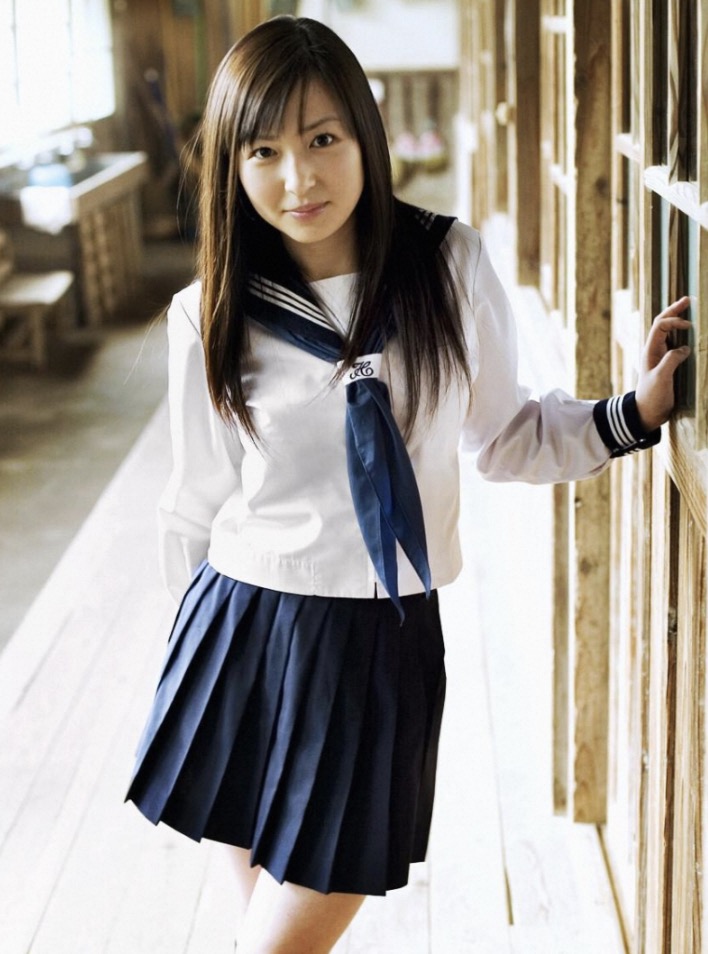
Uniforms and Gender Expression
Recent discussions around Japanese high school uniforms have increasingly focused on their role in gender expression. Some schools have begun adopting gender-neutral uniforms or allowing students to choose the style that best fits their gender identity. This shift acknowledges the diverse identities of students and represents a broader move towards inclusivity and respect for individual rights in Japanese society.
Seasonal Adaptations and Accessorizing
Japanese high school uniforms adapt to the country’s distinct four seasons. Winter versions include longer sleeves and heavier fabrics, while summer versions are made from lighter materials. Students also accessorize their uniforms with scarves, hats, or bags, often from the same set provided by the school, maintaining a coordinated look that still allows for personal expression.

Challenges and Critiques
Despite their iconic status, Japanese high school uniforms have not been without controversy. Critics argue that strict rules on appearance can be stifling, and high costs can strain family budgets. There is also debate about the emphasis on conformity versus individuality. As a result, some schools have begun to relax uniform requirements, allowing casual attire or implementing dress codes that offer more freedom and affordability.
The Future of Japanese High School Uniforms
As society changes, there is a continuous debate on the role and design of Japanese high school uniforms. Schools are increasingly considering student input and societal shifts in their uniform policies. From incorporating sustainable materials to addressing concerns over gender and expression, the evolution of these uniforms reflects broader changes in cultural values and priorities.
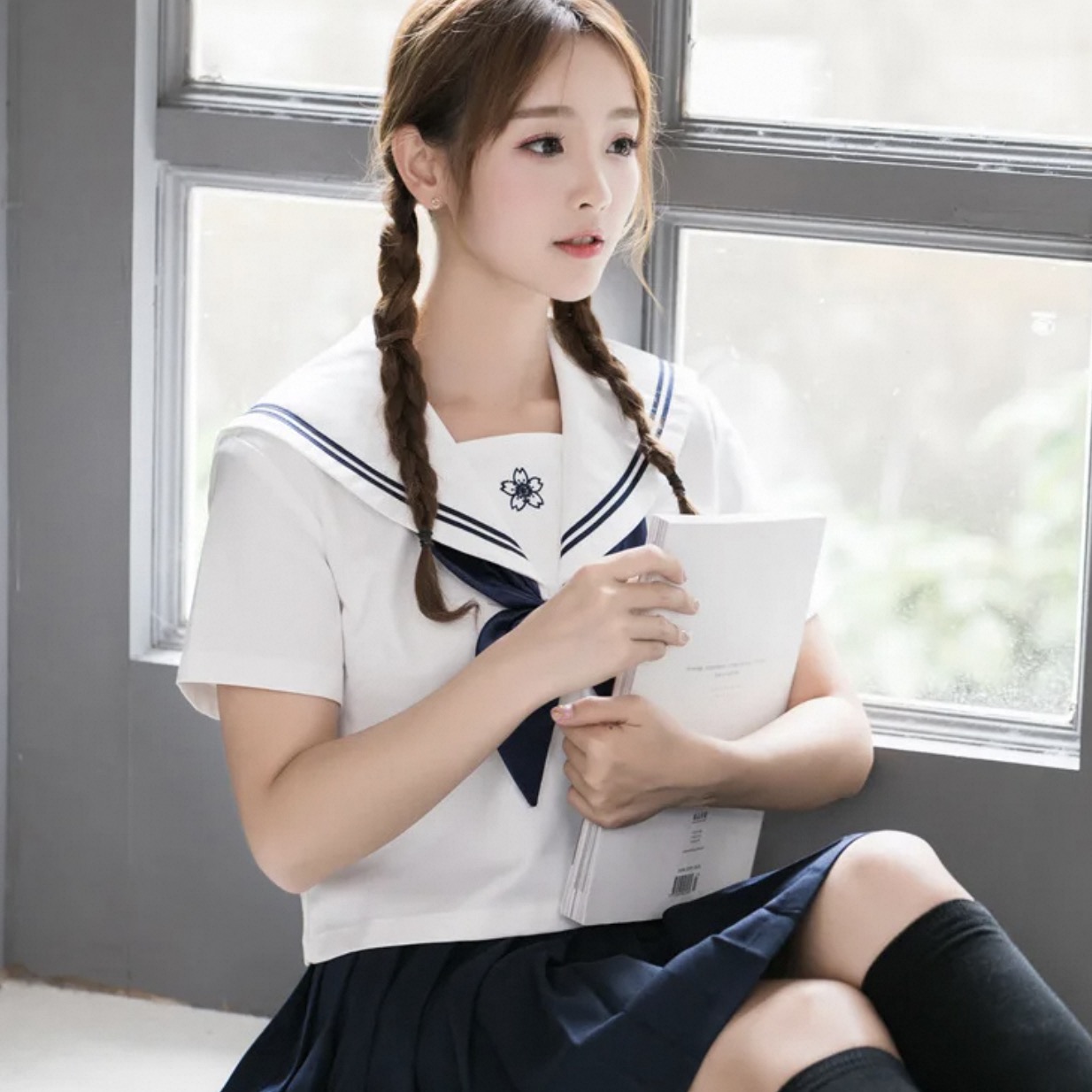
Japanese High School Uniforms: Cultivated Elegance
Japanese high school uniforms are synonymous with cultivated elegance and a sense of order. In contrast to a very short skirt and crop top, which exudes boldness and modern fashion sensibility, Japanese uniforms reflect traditional aesthetics and modesty. Both styles cater to different occasions and personal fashion statements.
Japanese High School Uniforms: A Canvas for Creativity
A white long dress for women offers a sleek, uninterrupted line akin to the simplicity found in Japanese high school uniforms. Yet, the uniform serves as a canvas for personal expression, just as accessories can transform the long dress into a unique statement piece for each individual.
Japanese High School Uniforms and Fun Fashion
Pairing pieces like a strawberry shortcake dress with elements of Japanese high school uniforms can invoke playful yet stylish ensembles. This mix and match approach highlights the versatility of the uniform, proving it can be both fun and formal.
Japanese high school uniforms offer a structured yet adaptable base for a variety of fashion applications. Whether contrasting with the audacious pairings of a short skirt and crop top, merging seamlessly with the elegance of white long dresses, or playing with the whimsical flair of a strawberry shortcake dress, these uniforms bridge cultural and stylistic divides. They provide a distinctive blend of conformity and creativity, offering endless opportunities for fashion exploration.
Conclusion: A Lasting Emblem of School Life in Japan
Japanese high school uniforms are culturally iconic. Within education, they hold profound significance. They mirror Japan’s long-standing traditions. Societal norms are projected through these garments. Teenage identity is shaped amid their evolution. These uniforms spark both fascination and debate. A compelling symbol, they unify school experiences. Schooling in Japan shares this common emblem. Unity is woven into their very fabric. Respect is a value these uniforms convey. They embody a forward-looking educational perspective. Each uniform tells a tale of adolescence. The attire is deeply rooted in the educational fabric. They stand as a testament to Japanese values. Teenagers across Japan don these with daily regularity. Uniforms have become a subject of global interest. Shared experiences of schooling are encapsulated within. Public discussions often circle around uniform specifics. The designs adapt, mirroring societal progression. Ultimately, they symbolize a journey through education.


